Our first CoolPartner Urban forest
Tomorrow we plant the first Urban Forest funded by our amazing CoolPartner community and people from the community of Donabate. The first site is located in our Hometown of Donabate at Donabate Community College and will feature a densely planted native woodland on the grounds of the school for the pupils to learn from and enjoy. 🌳
To top it all off, we have some Volunteers coming along from our CoolPartner community with Usee.ie, Member First Credit Union and Aviate Credit Union lending a helping hand to get the trees in the ground from 10AM tomorrow. 🌳
21.11.23 - we will create CF1 Urban! - we will also have a few technology surprises as we connect they forest to the internet over the coming weeks. Stay tuned! 🌳
To learn more about our CoolPartner Community please visit our website at www.cloudforests.ie Creating forests for the Planet, Nature and People. 🌳
#urbanforestry #makingplanetearthcool #esg #csr #coolpartners #cloudforests
Urban forests are pockets of greenery and biodiversity nestled within the concrete jungle of cities. These unique ecosystems consist of trees, shrubs, and other vegetation that thrive in urban environments, providing numerous benefits for both the environment and the well-being of city dwellers.
Unlike the vast expanses of natural forests found in rural areas, urban forests are often smaller and fragmented. They encompass various green spaces such as parks, gardens, street trees, and even rooftop gardens. Despite their limited scale, they play a crucial role in maintaining ecological balance and fostering a sustainable urban environment.
One of the key functions of urban forests is the provision of shade and cooling. In densely populated cities, trees act as natural air conditioners, mitigating the heat island effect caused by concrete and asphalt. Their canopy provides shelter from the scorching sun, reducing the reliance on energy-intensive cooling systems. Moreover, the shade cast by trees can help lower temperatures in nearby buildings and streets, creating a more pleasant microclimate and enhancing the overall livability of urban areas.
Beyond temperature regulation, urban forests contribute significantly to air quality improvement. Trees act as filters, absorbing pollutants such as carbon dioxide, nitrogen dioxide, and particulate matter from the air. Through the process of photosynthesis, they convert carbon dioxide into oxygen, thereby replenishing the atmosphere with fresh, cleaner air. By absorbing air pollutants, urban forests help reduce respiratory health issues and promote a healthier urban environment.
Urban forests provide habitat and food sources for numerous plants and animals, fostering urban biodiversity. These green spaces act as safe harbours for wildlife, allowing them to move through the cityscape and find refuge in healthier ecosystems. Urban forests also provide vital nesting sites for birds, which add to the auditory charm of cities, promoting a sense of connection with nature.
Additionally, urban forests have proven to be beneficial for the well-being of city residents. They provide spaces for recreational activities and exercise, promoting physical fitness and mental relaxation. Spending time in green environments has been linked to reduced stress levels, improved mental health, and enhanced cognitive function, offering a respite from the fast-paced urban lifestyle.
The establishment and maintenance of urban forests require careful planning and management. Adequate space, appropriate species selection, and maintenance practices are essential to ensuring the long-term health and vitality of these urban ecosystems. Active community involvement in the planting and preservation of urban forests is crucial, as it fosters a sense of ownership and responsibility among residents, making these green spaces more sustainable.
In conclusion, urban forests are vital components of modern cities. They provide a myriad of environmental, social, and economic benefits, ranging from improved air quality and temperature regulation to enhanced biodiversity and human well-being. As cities continue to grow, the importance of prioritizing and expanding urban forests becomes even more pronounced, ensuring a healthier and more sustainable urban future for generations to come.




